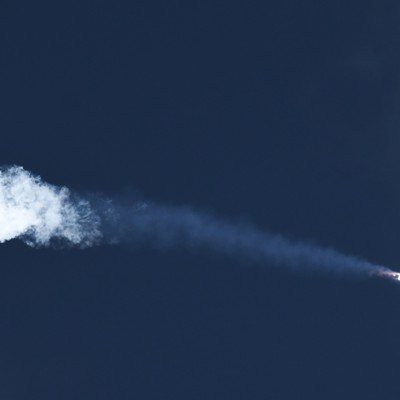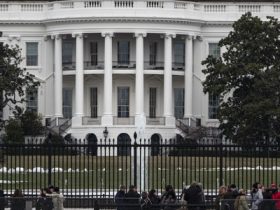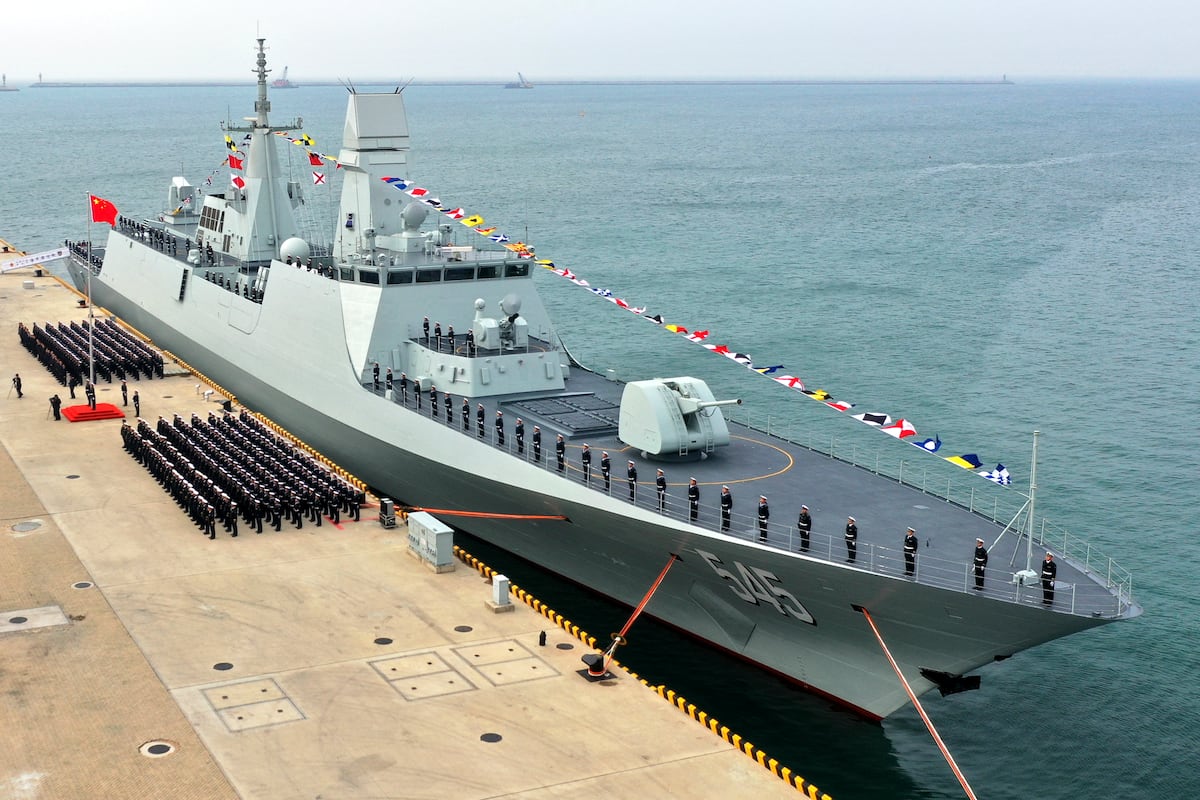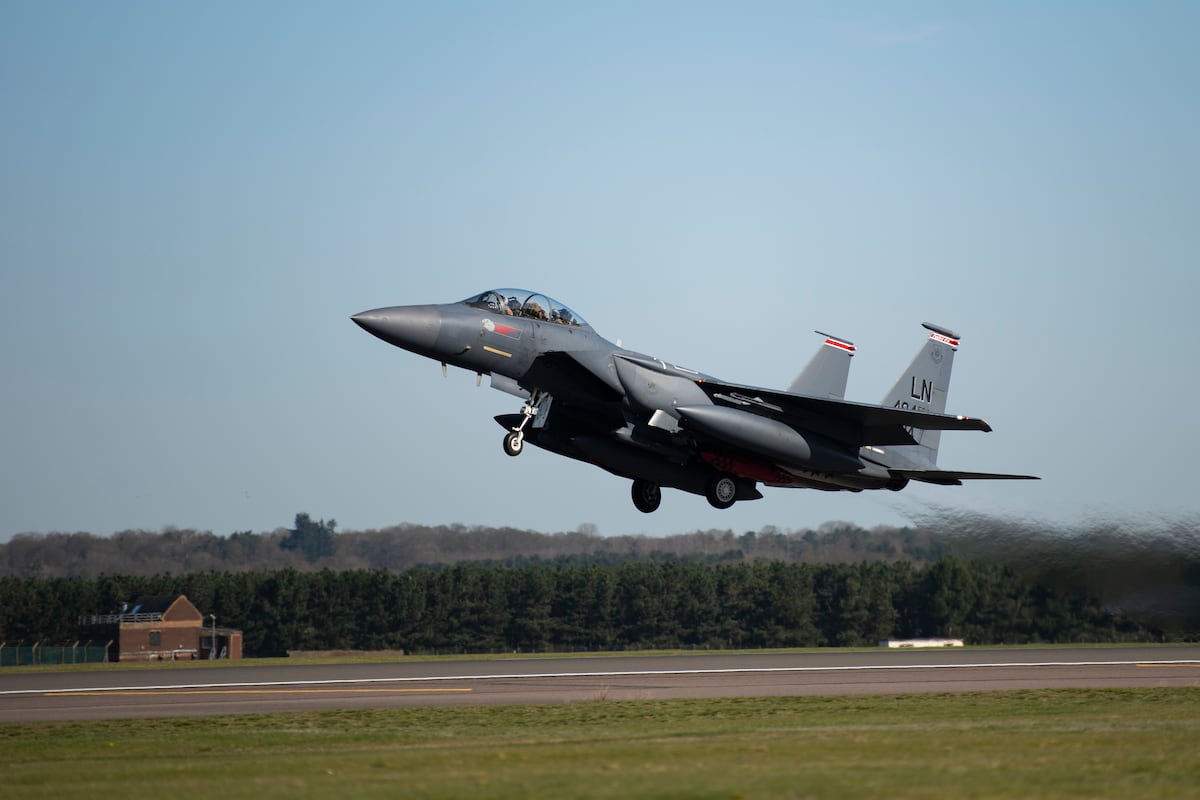The Space Force gave the first contract in a program intended to bring new companies into the launch industry to SpaceX—the world’s dominant space launch provider. But officials say that’s what they expected.
Last year, in an effort to diversify the list of companies launching military satellites into space, the service launched a competition called National Space Security Launch Phase 3. The program splits launches into two groups: “Lane 1,” for less risky missions, and “Lane 2,” for more challenging missions. The idea was that new entrants to the space launch market could get a foot in the door with a Lane 1 mission. But nothing bars established giants like SpaceX from competing in Lane 1, and on Oct. 18, the Space Force announced that SpaceX won $733.5 million for the first set of launches in that category.
“I don’t look at it as a failure at all. We fully anticipated it. I mean, everybody knows who’s launching right now. We knew it was going to be a very limited set, but we knew we had to start somewhere,” said Brig. Gen. Kristin Panzenhagen, program executive officer for Assured Access to Space.
The service didn’t want to wait for other companies to be ready before it launched the new acquisition approach, Panzenhagen told reporters last week during Space Systems Command’s annual Space Industry Days conference.
“We never expected that it was going to be immediate in the first year because this is rocket science, right? Developing rockets, designing them, producing them, buying them is hard. We’ve got a lot of new companies working at it that we’re excited to bring on, but we know that it’s going to take time to flush all this out,” she said.
To qualify for this year’s contract awards, companies had to have a credible path to first flight by the year’s end. Up-and-coming launch providers like Relativity Space, Firefly Aerospace, Rocket Lab, and ABL Space Systems are expected to eventually compete for Lane 1 launches, but it’s unclear when these companies will have a rocket ready for primetime.
The Pentagon this summer picked SpaceX, Blue Origin, and United Launch Alliance to compete for $5.6 billion worth of contracts in Lane 1, which includes at least 30 missions from fiscal 2025 to 2029. But additional companies will still be able to join future Lane 1 competitions, and there will be an “on-ramp” opening later this year, Space Force has said.
Blue Origin is pitching its New Glenn rocket, which still needs to complete two certification flights, but is aiming for a first flight in November.
ULA is offering its Vulcan rocket, which flew its second certification flight at the beginning of the month. ULA declared the flight “successful” despite an abnormality during launch where material broke off one of its solid rocket boosters. The anomaly could complicate Pentagon certification, depending on the results of the investigation. ULA needs to get Vulcan certified quickly because it’s on contract to launch Space Force missions by the end of the year.
The service is looking at post-flight data from the Vulcan launch and going through the standard process for new vehicle certification, Panzenhagen said.
“As far as impacts go, we don’t give ourselves a certification date timeline. It’s not calendar driven. It’s once we’ve gone through all the data, and we are confident that the vehicles are ready to start flying our missions… when we reach that point, we’ll have a certified vehicle and be ready to start flying missions,” she said.
Even once Vulcan comes online, it’s unclear whether it will be able to challenge Elon Musk’s company—especially when SpaceX’s reusable mega-rocket Starship becomes operational. Starship made history earlier this month after it caught a Super Heavy booster for the first time, paving the way for faster launch turnaround times.
“While Starship does have very unique capabilities, [and] I think much of the nation is watching what they’re doing and their lift capability, that’s not the only exciting rocket out there, right? Every new provider gives us another chunk of resiliency and some more capability. So that’s why we structured at Lane 1 in our Phase 3 acquisition strategy, the way we have to be able to bring those new providers into our launch family and benefit national security,” Panzenhagen said.
Read the full article here








Leave a Reply